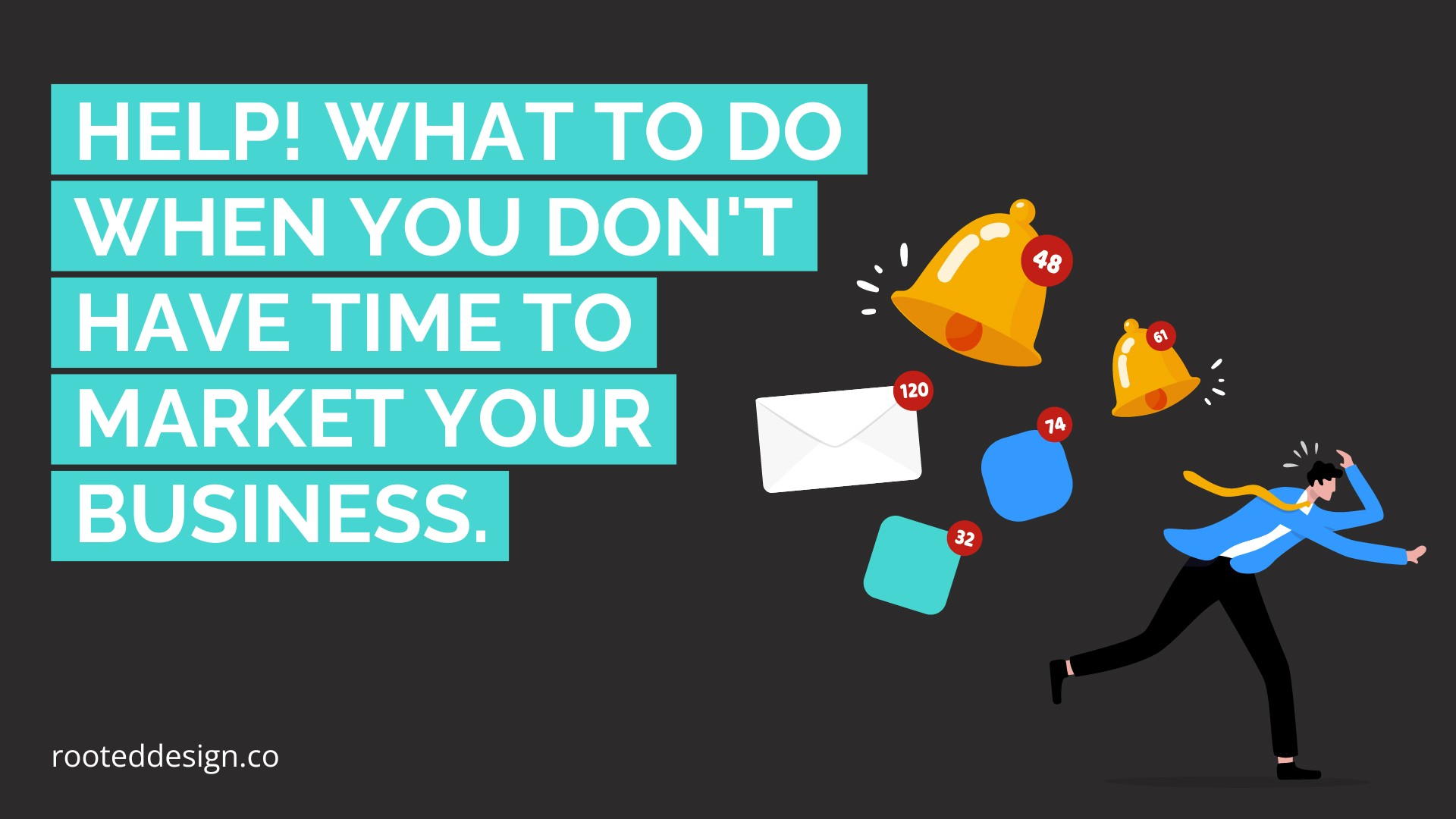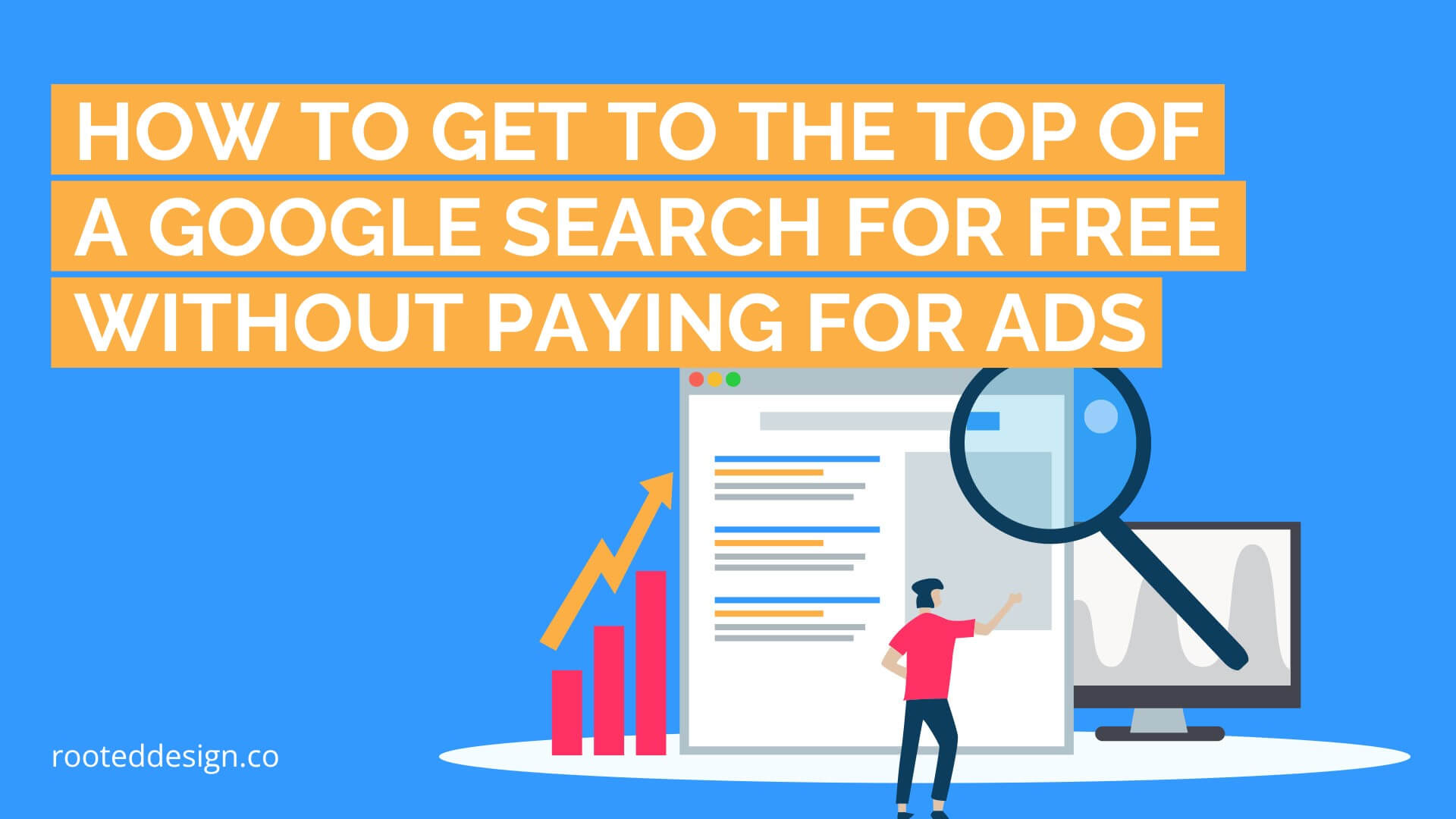10 Things Every Small Business Website Must Have
Your website is the most powerful tool your business has. It creates credibility, trust, enhances professionalism, grabs attention, and grows your business. We want to help you make your website as powerful as possible through 10 things every successful website does.
1. Clear Purpose and Call to Action
When a visitor lands on your website, what do they see? Can they easily determine what you do or do they feel unsure and lost causing them to leave your website?
The whole point of your website is to get visitors to know who you are and take the next step with your business. This is called a call to action. It should be clear and catchy and you can have more than one call to action on your website.
Every website has different goals so if your goals are clear, your call to action(s) can be strategized to create more conversions.
2. Important Business Information
Your phone number, email address, physical address, and business hours should be located in an obvious spot on your website. Most visitors will look in your header, footer, or on your contact page to find your business information. It is critical your visitors are able to quickly find updated contact information and that you don’t send them on a wild-goose chase. If they end up on a wild-goose chase, you will likely lose their business. Our suggestion to avoid confusion is to place this information in multiple places.
3. Professional Cohesive Branding
Your business’s brand is more than your logo. It includes fonts, colors, images, your domain name, and style of writing. It is important to understand your brand so that your website is cohesive and matches your social media and printed materials. This ensures your business is remembered when people see it.
A professional designer can create a logo and brand guide for your business. With these tools, it is easier to maintain your branding throughout your website, social media, and printed materials.
4. Clear Navigation
Your navigation needs to be well-designed, simple, and intuitive. The most important pages of your website should be accessible but you do not want to overload the menu. Too many menu items and your visitor tends to become lost and overwhelmed. We suggest that you have no more than six main menu items. If you need more than that, we recommend creating dropdown links, a sub-menu, and/or a detailed footer menu.
5. Social Media
Social media allows your customers to stay connected with your business without always having to visit your website. You want to make it easy for your visitors to connect with your business so make sure you include your social icons on your website. Whatever social media channels you share, make sure you are active on those platforms. If a customer clicks on your Twitter account but you haven’t updated Twitter in 2 years they may wonder if your website is still active.
Another way to use social media on your website is through social sharing. If you have a store or have blog posts, you can add social sharing links to make it easier for your visitors to share your content on their preferred social media platform. It puts your website in front of a whole new audience and it helps boost your SEO. Google loves backlinks so when someone shares content from your website it gives your website more credibility with Google and Google will up your ranking.
6. Great Mobile Experience
More than 50 percent of website visitors visit your website from their mobile devices. What does that mean for you? It means you have to have a responsive website that will auto-adjust to the size of their screen: computer, tablet, or phone.
If your website does not load quickly and provide a great user experience, you will lose visitors who likely will not return. If your website takes longer than 3 seconds to load, a visitor is likely to abandon your website altogether. Don’t believe us, try visiting a few websites you haven’t visited in a while and see how you feel about their load times.
In April 2015, Google updated its SEO algorithm to include mobile-friendly websites. If your website is not mobile-friendly and your competitor’s website is, Google will show their website above your website in their search results.
7. Compelling Content/Updated Design
A website without content is like a concert without people. Just like people enjoy experiencing concerts, people desire to know what you do. Website visitors learn what you do through the content on your website. If you are writing relevant and helpful content, you will convert visitors into customers. On the other hand, if you are creating content just for the sake of having content, your visitors will begin to tune you out and might not tune back in.
The best way to have relevant content is to know who your ideal customer is. When you know who your ideal customer is you can create products/services, pages, blog posts, etc. that will benefit them and keep them on your site longer.
If you have great content but it appears as a lot of text, visitors won’t even bother reading it. So make sure you are using well-placed headlines, lists, and other visuals to keep the visitor engaged. This also helps the reader skim and better digest the areas that interest them the most.
8. Google Analytics
You can have a website without Google Analytics but we don’t recommend it. Google Analytics gives you a lot of information about who is visiting your website for FREE. Google lets you know how old they are, what device they used if they are new or are a returning visitor, how long they were on your website, what country/state/city they were in when they visited your website, and so much more.
All of this information will help you create content and provide you with real data to see if you are driving the right people to your website.
Setting up Google Analytics is relatively simple. Understanding all the data can be overwhelming, but once you find your way around Analytics or hire an agency to manage it for you, you will wonder what took you so long to set it up.
9. Internal Links
Internal links are links that link one page of your website to another page on your website. They help improve user experience since they show visitors there is more relevant content to what they are engaging in on another page. Internal links can also keep people on your website longer which keeps your bounce rate low which is a plus for your SEO.
Examples of internal links are “Related Posts” or “Related Products” at the bottom of the page. They can also be linked texted within part of your content to another part of your website that has similar content.
Internal links are powerful, help your SEO, and should not be overlooked. How it works: Google follows links to discover content on websites. They use this information to rank content in their search results. If a post or page gets a lot of links it tells Google it’s important or high-value content, for example, your homepage.
Internal linking is something you can control as a site owner. With the right internal links, you guide your visitors and Google to your most important pages.
10. Powerful Visuals
Visual elements are the things that move a user’s eye to different parts of a webpage. They also help break up text-heavy content. The most common form of a powerful visual is graphics. Graphics are processed 60,000 times quicker than written information and they could be the deciding factor between a visitor leaving your website or sticking around.
Remember the story of Goldilocks and the Three Bears and how Goldilocks enjoyed the things that were just right? Well, the graphics on your website are just like Goldilocks, they need to be just right. If your graphic file size is too large it will take too long to load but if it’s too small then it will appear pixelated. If you are running a WordPress website, then it’s a good idea to run a plugin like Smush because it will compress your images for you.
The images you select should be relevant and enhance your content but should also follow your brand guidelines. If your graphics are irrelevant to your content then all you have successfully done is to cause confusion. Just like we learned in the Compelling Content section, confusion doesn’t convert customers.
Conclusion
Hopefully, your website is already doing several things on this list and you are not feeling overwhelmed.
If you would like a website audit after reading this guide we would be happy to go through your site and point out areas where you can improve. If you would like to talk to our team about building your business a better website, let us know. We would love to help your business grow.



